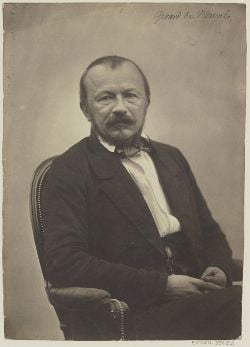Difference between revisions of "Info: Main Page" - New World Encyclopedia
From New World Encyclopedia
Svemir Brkic (talk | contribs) m (New line removed) |
(change the invitation) |
||
| Line 12: | Line 12: | ||
''Dear Reader,'' | ''Dear Reader,'' | ||
| − | ''The Values Forum is an interactive, journal-style forum in which you can write articles and commentary and engage in debate and discussion with other NWE thinkers and contributors. [http://forum.newworldencyclopedia.org/ Please | + | ''The Values Forum is an interactive, journal-style forum in which you can write articles and commentary and engage in debate and discussion with other NWE thinkers and contributors. [http://forum.newworldencyclopedia.org/ Please visit the page to participate.]'' |
{{forum|25|Oct|2010/10/whatever-happened-to-public-service-or-one-nation-under-god-indivisible|Whatever happened to public service, or One Nation, Under God, indivisible?}} | {{forum|25|Oct|2010/10/whatever-happened-to-public-service-or-one-nation-under-god-indivisible|Whatever happened to public service, or One Nation, Under God, indivisible?}} | ||
Revision as of 12:35, 29 October 2010
Did you know?News-oriented journalism has been described as the "first rough draft of history" (source: Journalism) Values ForumDear Reader, The Values Forum is an interactive, journal-style forum in which you can write articles and commentary and engage in debate and discussion with other NWE thinkers and contributors. Please visit the page to participate. |
Featured Article: Gerard de Nerval
Gérard de Nerval (May 22, 1808 – January 26, 1855) was the pen name of the French writer, poet, and translator Gérard Labrunie, a major figure of French romanticism, best known for the collection Les Filles du feu (The Daughters of Fire), which included the novella Sylvie and the poem "El Desdichado." Through his translations, Nerval played a major role in introducing French readers to the works of German Romantic authors, including Klopstock, Schiller, Bürger and Goethe. His later work merged poetry and journalism in a fictional context, influencing Marcel Proust. His last novella, Aurélia, influenced André Breton and Surrealism.
Popular Article: Tibetan Buddhism
 ounder of Tibetan Buddhism: Guru Rinpoche - Padmasambhava New World Encyclopedia integrates facts with values. Written by online collaboration with certified experts. |
Recently Updated
> more recent updates
|
